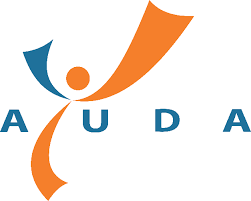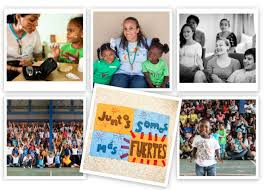So, when I find myself in a situation where I have to explain type 1 diabetes to someone who is not a member of that community, I actually find it extremely difficult. Even when I know it's coming!
Two such encounters have prompted me to try harder in this and I sat down to considered the following;
- when I want to share my diabetes story where is the best place to start (without turning it into a rambling, never-ending tale)?
- And, how do I connect with people who have no connection to diabetes? How do I explain it so that they ask me good questions?
What is type 1 diabetes?
Type 1 diabetes happened to me when my body, for no apparent reason, decided to destroy the part of me that makes insulin.
What the heck is insulin?
Everybody needs insulin to be able to turn the food they eat, namely carbohydrates, into energy. If I don't have insulin, I will die of malnutrition, even though I eat.
 |
| What if, every time you ate any of these foods you had stick a needle into yourself? |
If I just didn't eat carbohydrate would that not make life easier?
A person without diabetes might respond to this with "What if you just didn't eat carbohydrate would that not make life easier?"
Not really, our liver, also, releases glucose and we can't turn that into fuel either. So, we actually have to take insulin to deal with that sugar/glucose that is being continuously released in the background.
So either way, we need to inject/infuse insulin or we die.
What if you just measure how many carbs you are eating against how much insulin you are taking?
One of the ways people manage their with type 1 diabetes is to measure how much insulin they take and measure how much carbohydrate they eat.
Type 1 diabetes is more complex than that. There are other factors that influence blood sugar/glucose (BS). Sure;
- Food brings BS up, but all foods raise BS differently.
- Insulin brings it down.
- ANY physical activity has the potential to bring it up or down.
- Hormones such as adrenaline, the stress hormone cortisol, menstrual hormones can raise or lower your BS.
- Illness raises BS.
Living with type 1 diabetes is tracking all of this and more. It's exhausting!
So all I need now is a guinea pig volunteer to try it out on? Oh and here's some more helpful tips to help explain type 1 diabetes to people.















